10 bizarre treasures that archaeologists unearthed this yr

So long as people were minting cash and crafting gorgeous jewellery and alternative splendid collectibles, an equivalent choice of public were proper at the back of them in search of those valuable unearths. Listed here are 10 bizarre discoveries made in 2023 that end up that the search for buried investmrent by no means will get timeless.
1. Immense coin assortment in Japan
Throughout a manufacturing unit building undertaking north of Tokyo, employees had been wowed after they unearthed a stash of about 100,000 cash buried on the website online. The choice of forex used to be divided into 1,060 bundles and dated to between 175 B.C. and A.D. 1265. The previous originated from China and contained the Chinese language inscription “Banliang,” which interprets to “half ounce.” Thus far, researchers have tested round 334 of the cash, and it’s somebody’s supposition what alternative treasures might be unveiled.
2. Underwater temple overflowing with sunken investmrent in Egypt
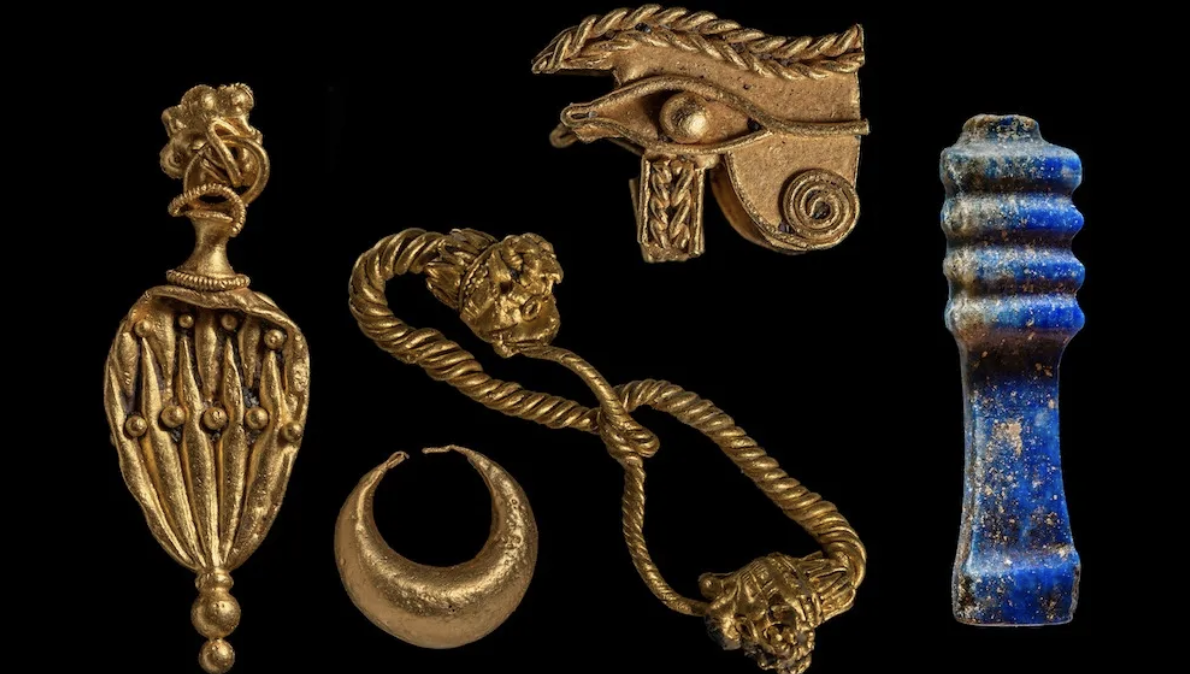
Underwater archaeologists exploring a canal off the Mediterranean coast of Egypt discovered a partly collapsed underwater temple brimming with treasures. Additional exploration of the temple, which collapsed someday throughout the mid-second century B.C. and used to be constructed for the traditional Egyptian god Amun, perceivable a wealth of “treasures and secrets,” together with silver ritual tools, gold jewellery and alabaster bins.
3. “Lost” rainbow cup minted by means of Celts in Germany

A 2,000-year-old rainbow cup minted by means of Celts used to be discovered along a river in Germany. The cup-shaped gold coin incorporates an extraordinary design part: a four-pointed famous person surrounded by means of arches. The to find is one among most effective 3 recognized rainbow cups to comprise this motif. Rainbow cups get their identify in accordance with a Celtic legend that they’re drops of gold that fell to Earth on the finish of a rainbow.
4. Civil Conflict-era cash buried in a Kentucky cornfield
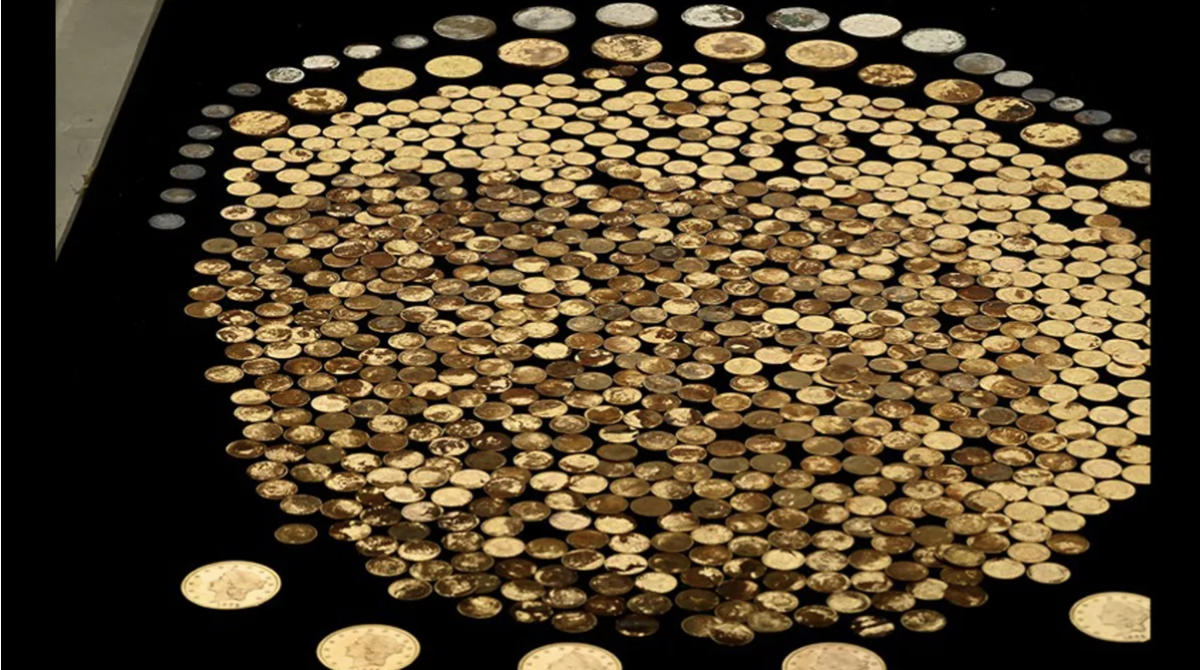
A bounty of 700 Civil Conflict-era cash used to be came upon by means of a person operating in his cornfield in Kentucky. The cache, dubbed the “Great Kentucky hoard,” contained loads of gold cash minted between 1840 and 1863, in addition to a handful of silver cash. Researchers suppose the gathering used to be buried previous to a Accomplice raid throughout the summer season of 1863.
5. “Eye-catching” gold hair ring in a Bronze Time burial in Wales

A “glitzy, golden hair-ring” used to be a part of a Bronze Time burial came upon alongside a street in Wales. As archaeologists excavated the burial website online, additionally they unearthed a picket comb that’s regarded as the oldest of its type ever discovered within the U.Okay. Each gadgets had been buried along the three,000-year-old cremated residue of an individual who used to be most likely of top social situation, the researchers concluded.
6. Bronze Time swords and 1000’s of medieval cash in Germany
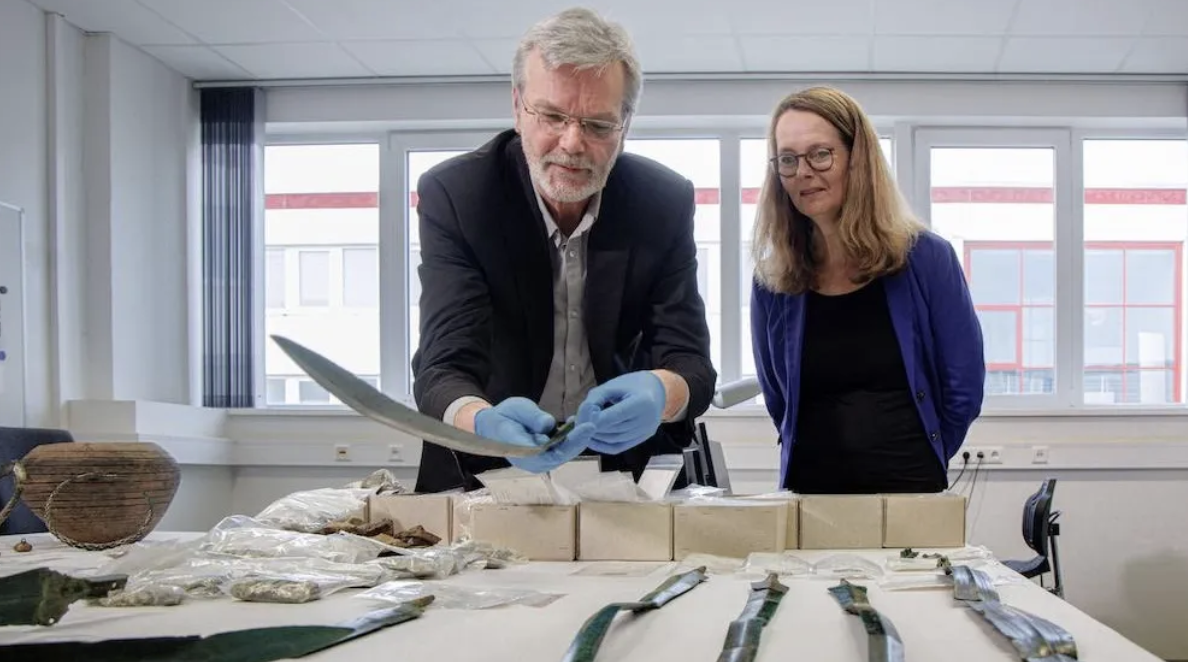
A bunch of volunteer conservationists came upon roughly 8,000 medieval cash and 7 Bronze Time swords date operating at 3 independent websites in Germany. Archaeologists suppose the three,000-year-old weaponry could have been positioned there as a part of a sacrificial providing. The cash, that have been divided between two places, had been a part of the most important Slavic coin hoard from the eleventh century.
7. Iron Time glass workshop plagued by Celtic cash within the Czech Republic
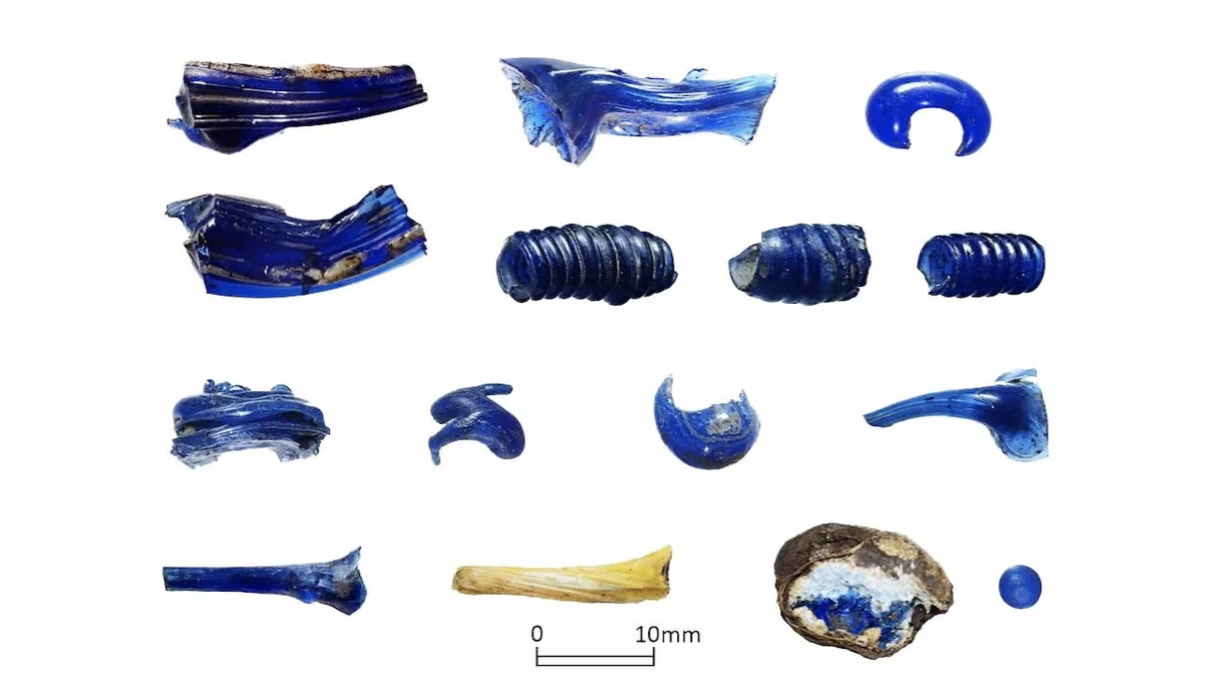
Within the Czech Republic, archaeologists came upon the oldest recognized glass workshop north of the Alps, and so they suppose it is going to were impaired for ritualistic functions. The two,300-year-old workshop contained numerous completed and whole glass and amber pieces, together with beads and bracelets, in addition to 2,000 gold and silver cash struck by means of Celts. Additionally they discovered a sq. construction homogeneous to alternative historical structures situated throughout Europe that had been impaired for rituals.
8. Gold necklaces perceivable by means of a landslide in Spain
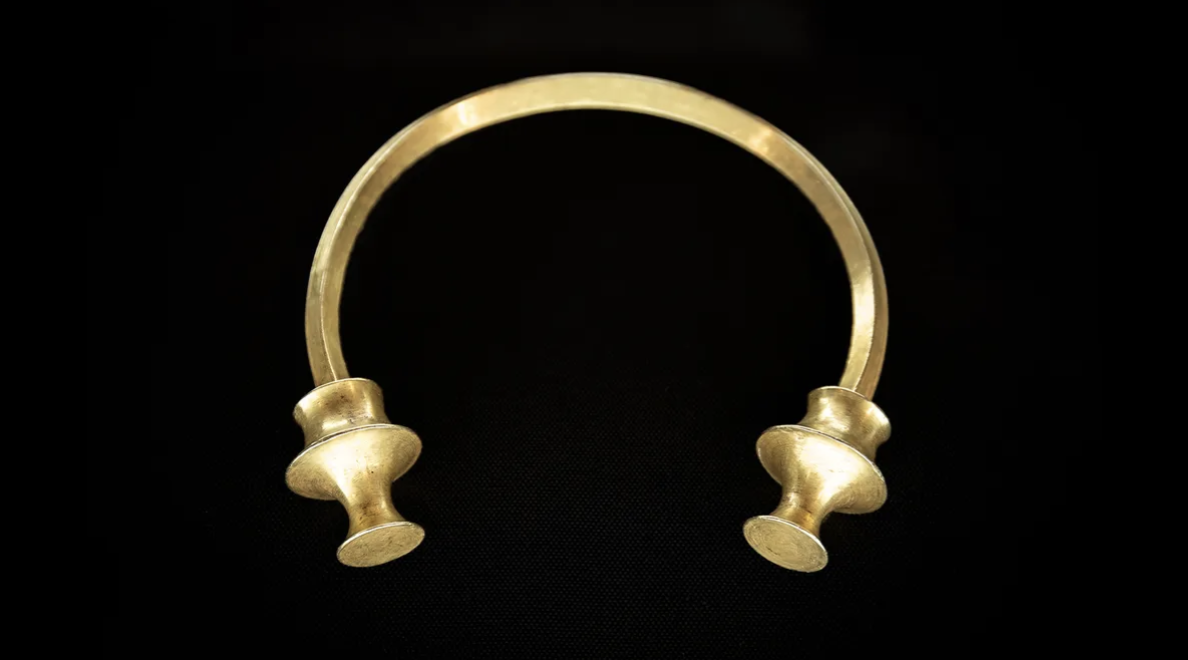
A landslide in northern Spain uncovered two “richly decorated” gold necklaces that had been buried round 2,500 years in the past. The primary of the C-shaped necklaces, referred to as torcs, used to be came upon by means of a usefulness assistant, date the second one used to be unearthed by means of a steel detectorist. In keeping with the manner and method impaired to manufacture the jewellery, archaeologists concluded that the necklaces had been crafted round 500 B.C., throughout the Iron Time in Iberia, and had been most likely old by means of contributors of the higher elegance.
9. Coin stash unearthed at an historical Buddhist shrine in Pakistan
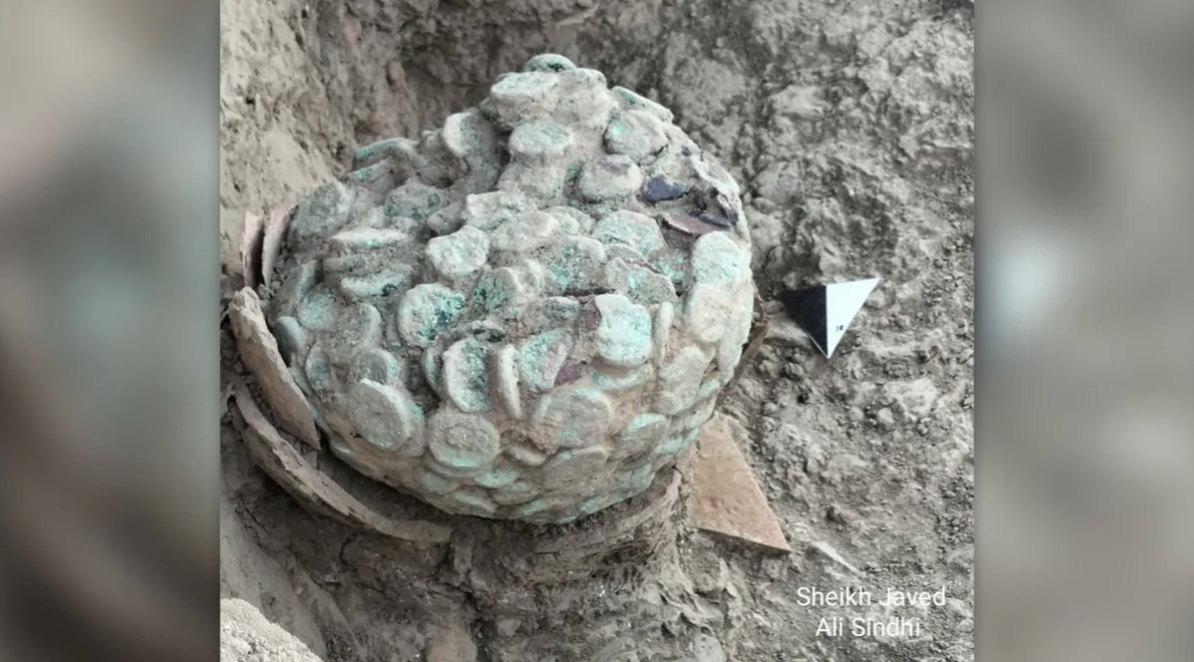
Archaeologists in Pakistan discovered a choice of 2,000-year-old bronze cash a number of the ruins of an historical Buddhist shrine referred to as a stupa. The cash and shrine are attached to the Kushan Empire, a basically Buddhist polity that dominated the patch from about the second one century B.C. till the 3rd century A.D. Corrosion has led to the cash to fuse right into a unmarried, green-tinged pile that weighs about 12 kilos (5.5 kilograms).
10. Copper cash tucked away in a clay jug in Poland
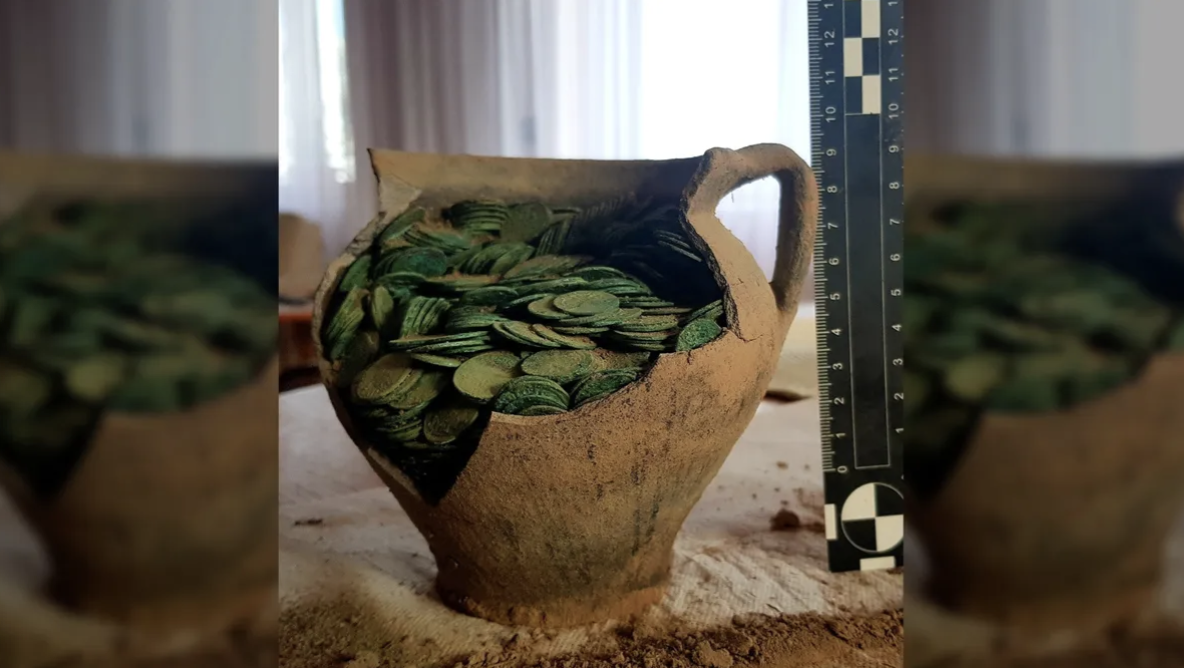
A steel detectorist in search of supplementary tractor portions in a farmer’s farmland in Poland used to be stunned when he rather discovered a hoard of one,000 copper cash buried underneath the topsoil. Additional digging perceivable a damaged clay “siwak” — a in the neighborhood made jug with a unmarried take care of and a slim neck — overflowing with cash minted in Warsaw throughout the seventeenth century. Even if in circulate, alternatively, the cash weren’t very significance, and all of the hoard would were plethora to shop for “about two pairs of shoes” on the era, professionals mentioned.




